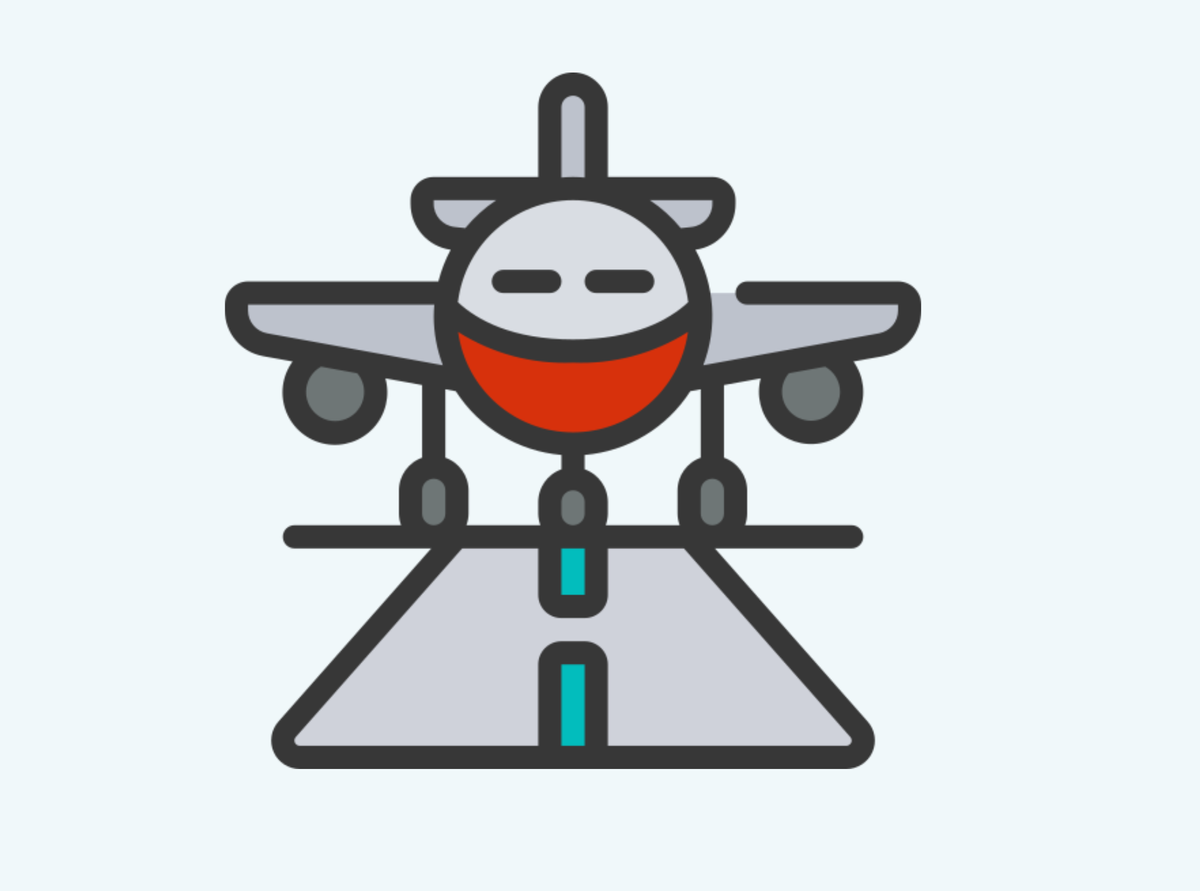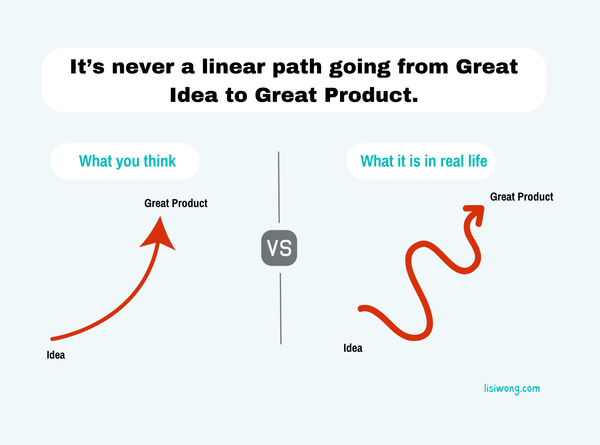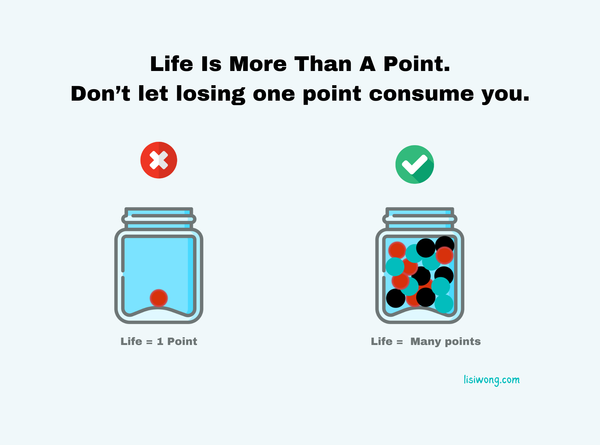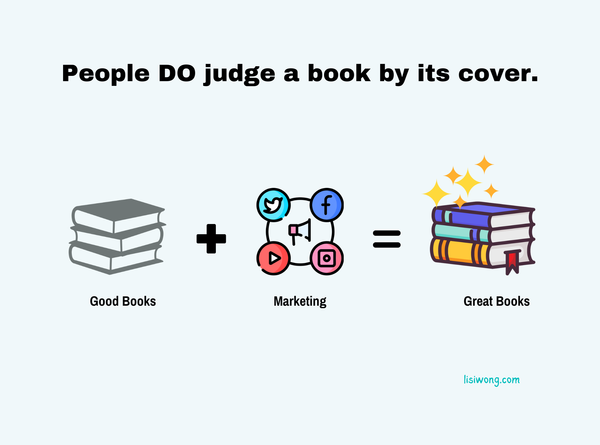Founder Mode: Flying and Building the Plane, with a team, all at the same time
To go from 0 to 1, you have to wear all the hats. To go from 1 to 2, you have to learn how to take them off.

Founder Mode 🔥
These two words have created a buzz after Paul Graham published a post about Founder Mode.
TL;DR
- Two ways to run a company: founder mode and manager mode
- Manager mode: Hire good people and let them do their job, as experienced C-level exes are skilled at managing up - also known as the conventional wisdom - not effective for founder-led
- Founder Mode: No clear way to summarise that. It likely means to maintain some form of mindset that drove the creation of the business, which can result in micro-management
- Many people are still figuring out how to operate and scale a founder-led company
There are two sides to a coin - from the founders themselves- who have been writing about this already. The other side being employees who are working in founder-led company - like myself 👉 this is where I will be exploring today and also into the future (read to the end to find out more💡)
Islands of Profitability
Let's get real. People start businesses to be profitable. Someone once told me...building a business is like flying a plane and navigating it to 'Islands of Profitability'.
The founder first lands the plane with a couple of other people on a tiny island.
After a while, the founder realises the island has become too small. He/she has a desire to go to a bigger one - which will involve figuring out:
- Where the next island is
- How to get there as quickly as possible
- How to land the plane and stay there
The entire journey may involve:
- Building a bigger plane
- Taking on a few more crew members
- Flying against headwinds
- Figuring out how to ride on tailwinds
Some or all of the above are necessary, or perhaps all at the same time.

Throughout my career, I have been in such planes navigating to different islands. While it is essential to hear from founders themselves, I believe it is also insightful to hear from employees like myself who are on the ground experiencing recurring patterns and can provide a unique perspective on how to navigate when scaling up in Founder Mode.
My background
- Pioneering member of a new business line in an international bank - launching into six different markets
- Worked in two large corporates expanding outside of home market
- Started and closed a company that gamify financial literacy
- Worked in three founder-led/owner-operated companies. Am still working in one
Across my 14 years of working, I have worked in a blend of founder-led and non founder-led companies - all of which were/are looking to scale up. The challenges are not too dissimilar.
The Transition in Scaling Up Can be Disorientating
Sometimes, I observe that founders struggle to recognise when their start-up needs to evolve beyond the initial "scrappy" approach that brought early success.
This transition can be disorientating as founders may resist implementing necessary plans and processes, fearing that they are becoming the bureaucratic corporations they once sought to differentiate from.
I believe that the key lies in thoughtful reflections and striking a balance between agility and implementing a right structure for sustainable growth.
Just like what Allen Channing has said of scaling up business:
To go from 0 to 1, you have to wear all the hats.
To go from 1 to 2, you have to learn how to take them off.
Flying The plane To Another island Requires A Coordinated Route Even In Founder Mode
We all know a plane takes off with a route in mind. Otherwise, there is a likelihood of circling around aimlessly while burning fuel.
The founder needs to recognise he/she is the pilot of the plane, ensuring that the planned route is available and communicated before take-off, and having the appetite to course-correct along the way.
Flying and building the plane is a team effort in Founder Mode
In scaling up, I have noticed that the best results often come from founders with a blended approach of both working on AND in the business - like what Joel Gascoigne, founder of Buffer wrote in his recent post here.
That means, on top of making strategic decisions, it is also vital for founders to work hand in hand with the crew to create a plan, and sometimes even getting in the trenches with the crew and/or customers.
🔑 Why is that?
- It is the doing that clarifies thinking - I have seen founders capture real-world insights to seize opportunities in real-time that move the business forward
- Staying close to the coalface reduces the communications gap with the crew, enabling the founder to make trade-offs and decisions swiftly - necessary when building and flying the plane at the same time
❌ It is not about
- Developing a multi-year plan behind closed doors of a board room
- Leaving it to the crew to translate the entire plan to reality
- Fixing every small thing
- Moving slower
👍What I have seen work well by founders
- Building and reviewing a straw man plan with inputs from important crew members. Note: Important members are not necessarily the ones high up in the org chart
- Using a single tool for planning and communications. I have seen companies using three to four tools - which can hinder adoption. The only way to drive adoption is to consistently use one single tool
- Getting involved in brainstorming sessions. It's okay to not know everything
- Course correcting the route with deep, thoughtful thinking and decision-making
- Knowing when to take the big swings - which is key
In short, making sound judgement with the ability and humility to review and course-correct is essential towards scaling up in Founder Mode.
Everyone Makes Decisions In Founder-led Companies. And They Count
Many companies tend to pursue growth with minimal workforce expansion to avoid risks associated with big hiring frenzy.
This means the crew members will likely take on more responsibilities as the company expands. This is where a collaborative plan (mentioned in my earlier section) is key in serving two crucial purposes:
- Prioritisation: Crew members juggle many balls everyday. Knowing which ball can be dropped, what impact it can create and deciding when to pick up the right ball is important.
Every crew member makes decisions. Every decision has an out-sized impact in scaling up.

- Role clarity: In a scale up mode, the crew members tend to take on responsibilities beyond what their titles say. It is important to clarify who is handling what, so that communications can happen. This avoids confusion and finger-pointing.
Founder Mode Is About People
Besides exercising sound judgement and having humility to review, reflect and course-correct, it is important to recognise that a business is made of people.
Knowing the crew and how to harness their strengths may be the secret weapon in flying the plane to and landing it on the next island safely.
Coming Soon: 🌠Steady ScaleUp - Uncover lessons from real people who scale up enduring business
🤔 I often wonder how best to scale up business in a steady manner - one that strike a balance between growth and stability to achieve a robust and resilient business.
The only way to find out is to talk to real people who are scaling enduring companies so that I can learn about the practical lessons- the good, bad, boring and the ugly - and subsequently figure out how to calibrate the approach and to steer companies onto the growth mountain, and away from graveyards where others are buried in.
Here's a quote from the late, great Charlie Munger
I am gathering these practical insights into a regular bite-sized newsletter called Steady ScaleUp. It's a 5-minute read that can be enjoyed over a morning cup of coffee ☕
They will be extremely useful for anyone who is involved in scaling up a business and it could be:
- Founder
- Owner
- An employee like myself working in a founder-led/owner-operated business
- An employee who is driving the international expansion of a corporation
Drop your email address in the landing page here - it will be launching pretty soon. 🔥




